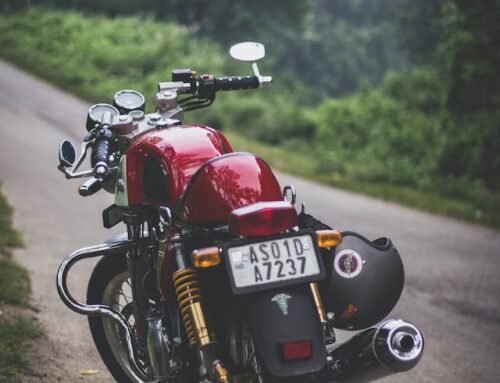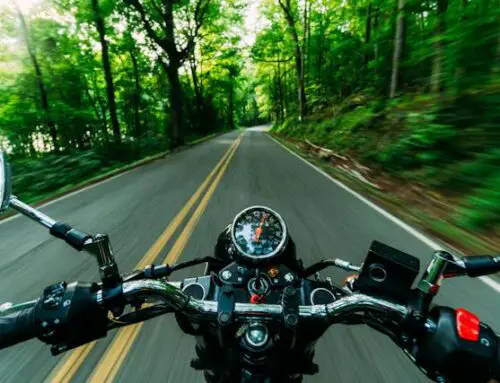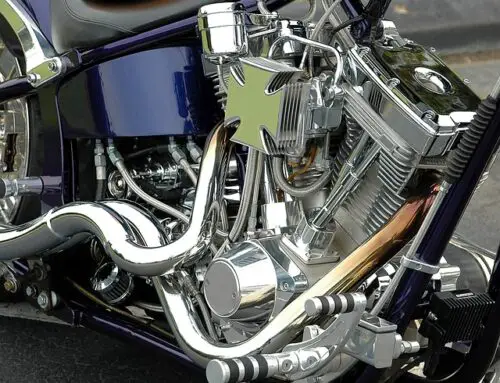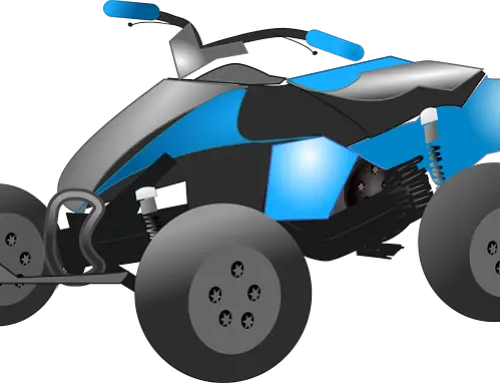Having a trailer means you must take care of it, much the same as the motorbike, boat, or other vehicles you carry on it. You need regular upkeep to avoid any high-priced repairs or replacements. You should remember to prepare and have helpful data about your tires, your lugs and the electrical systems. It is good practice that, before you carry something on it, you do your basic trailer maintenance.
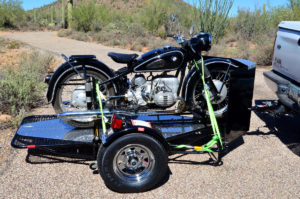 Damaged or shoddy electrical wiring in the trailer can cause problems you can’t predict. Traveling through harsh environments with hilly contours, changes in temperature or humidity can be adverse to many parts of a vehicle or trailer. Trailer wires can break, become loose, or short out, and you most likely won’t know it’s happened until it causes a significant issue. There are a few things you can do to guarantee you don’t have unexpected electrical problems like a non-functional light.
Damaged or shoddy electrical wiring in the trailer can cause problems you can’t predict. Traveling through harsh environments with hilly contours, changes in temperature or humidity can be adverse to many parts of a vehicle or trailer. Trailer wires can break, become loose, or short out, and you most likely won’t know it’s happened until it causes a significant issue. There are a few things you can do to guarantee you don’t have unexpected electrical problems like a non-functional light.
The electrical fitting on your trailer that will attach on to your vehicle’s hitch can often be affected by shoddy or interrupted contact. On the off chance that the connection isn’t stable, apply some electrical contact spray onto the two ends and use a Q-tip to spread the liquid. After the lights are working again, slide a plastic sandwich pack over the association and use a rubber band to keep it in place whenever the trailer isn’t in use. It should diminish how frequently you have to clean dirty fittings. In like manner, make sure to check the circuits in your vehicle when you have an issue with lights.
On the chance that you are still be utilizing halogen bulbs, note that LED lights are longer lasting and use much less energy. The fundamental drawback to LED lights is that they need stable wiring to function. The greater part of the wiring frameworks on a trailer use a trailer ball as a ground connection and it can possibly rust. Use a wire brush appended to a drill to clean both the trailer ball on your vehicle just as inside the coupler on the edge of the trailer’s tongue to ensure that the connection is spotless. It is also necessary to use a bit of grease so you are less likely to have to do that all over again.
Trailer lights connections will generally have a way for you to disconnect wires, especially ones that might deteriorate. Prior to your initial trips with the trailer, one at a time. withdraw the fittings and clean them with the correctly. By then, before reconnecting, use just a touch of dielectric grease to the association and electrical tape around the joint to prevent deteoration and keep the fitting from opening up unexpectedly.
Purchase a decent air gauge check, rather than a low-cost one. You never again need to estimate what the exact psi readings are and can fill tires precisely. Leave it in the dashboard with the batteries removed so you can be sure that they will work when it needs to. Use a low profile bottle jack rather than a scissor jack, which can be fragile. Bottle jacks tend to be faster, simpler and more secure for quickly replacing a tire.
It’s something that gets regularly ignored, but keeping up the correct tire pressure will make the ride less uncomfortable, improve your gas mileage, and diminish the chances of a tire blowing. Make a point to check your additional spare tire as well. Keep that tire covered as much as possible so it is in great condition when you need it.
You should be prepared, if possible, to fix a few breaks of air in the tire, or only just fix a tire to the point where you can get going once more. Things that apply fluid or sealing foams into a tire to fix an opening or break are effective for helping you to get going so you can move to some place a fitting fix can be made. A simpler alternative, and one that is smart to have, is a direct fix unit.
Many trailer issues are likely to come from the tires and wheels. Busted rims, punctured tires and particularly deflated tires are a typical issue for anything with wheels, especially on the off chance that you drive it on unforgiving terrain. Here certain approaches to be sure you can get a wheel off of your trailer when it becomes a problem.
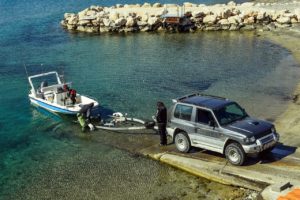 Use a breaker bar with a socket rather than the standard lug wrench. Be sure that you have a connection that fits into the edge and additionally fits over the nuts you may have to utilize. You should have an extra one too. Remember that if a bolt is especially long, you’ll need a deep well attachment that will even now fit. Likewise there are trailer wheels that can have tight fittings and it might be necessary to use a thin walled socket.
Use a breaker bar with a socket rather than the standard lug wrench. Be sure that you have a connection that fits into the edge and additionally fits over the nuts you may have to utilize. You should have an extra one too. Remember that if a bolt is especially long, you’ll need a deep well attachment that will even now fit. Likewise there are trailer wheels that can have tight fittings and it might be necessary to use a thin walled socket.
Remove and fix your wheel lugs consistently, at least one or two times a year. This will help guarantee the wheels are attached properly, and it allows you to take out any disintegration so you can remove wheels every time with less work. Right when the lugs are off, spread them with a grease to keep them from getting cemented on after you attach them. If your spare wheel is held on by bolts then do the same.
While a breaker bar lets you use significantly more power than a straightforward four-way carry lug or the generic wrenches included with your vehicle, you might need even more force for a stuck lug. Consider having a cordless drill in your vehicle, if there is room, and guarantee the battery is full before you venture out. It’s a valuable item to have for speedy repairs rather than requiring roadside help.
Whether you carry an motorcycle, boat or ATV on your trailer, excellent upkeep means it will last.
